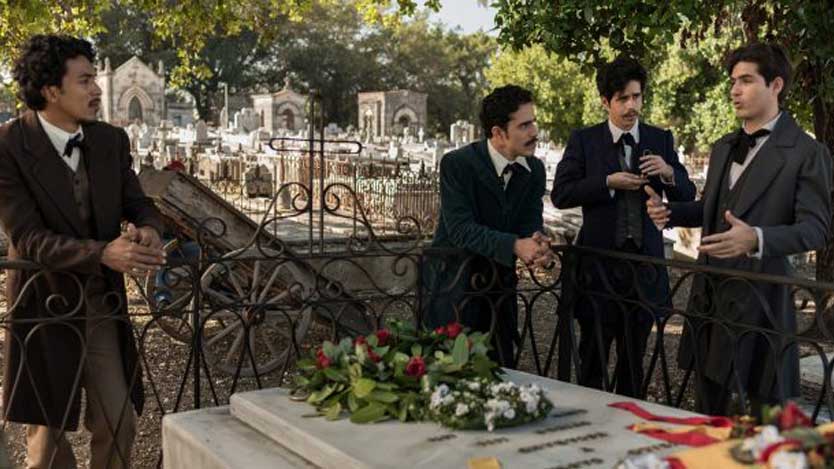
There are poignant images that 150 years later it can still be counted in the present because they have not stopped hurting. There are details suspended in time that no testimony could do justice. Eight innocent young people paid the price with their lives. That illogical.
On November 27, 1871, it was a Monday and, after two councils of war, the second more unfair than the first, they were sentenced to the death penalty. No matter how much the facts are reviewed, nothing indicates that they were guilty.
They desecrated the grave of Spanish journalist Gonzalo de Castellón, Spanish volunteers said; but in reality, the first-year Medicine group just scattered, playing and running, through the Espada Cemetery while they waited for their Anatomy teacher.
Alonso Álvarez de la Campa plucked a flower from the cemetery garden, and Anacleto Bermúdez, José de Marcos Medina, Ángel Laborde and Juan Pascual Rodríguez played with the vehicle used to transport the corpses destined for the dissection class. The three names that completed the list were chosen at random. They were: Carlos de la Torre, Carlos Verdugo and Eladio González.
They were blindfolded, their hands were tied behind their backs and they were forced to kneel. At 4:20 in the afternoon, on the esplanade of La Punta, in front of los Tres Reyes del Morro Castle, they were shot two by two before an angry and insane crowd that took revenge on them. In addition, for a Cuba that refused to continue being a slave and for a Creole who felt more and more like a son of this land.
The testimony of Isidro Teodoro Zertucha, one of the survivors, sentenced to forced labor in the quarries, sheds light on the last minutes: “it was the most terrible moment of my life. I will never forget that farewell. Each one got rid of their watch, their clothes, and their handkerchief and distributed it among those of us who were there. There were hugs and tears. In the galley, there was a deathly silence. We looked at each other as terrified. They walked serene and with their heads high between two rows of volunteers who looked at them with disdain”.
Their relatives could not claim the bodies and the death certificates were not registered in any parish church for two months. None reached the age of 25 and Alonso Álvarez de la Campa was not only the youngest to die, but he did so for the same weapons that his father had paid for that battalion of volunteers. Terrible coincidence doubly.
That day hatred and death won, and the eight students were condemned, in any case, for their Cuban ideas and patriotism, as Fermín Valdés Domínguez would later demonstrate in his book, published on November 27, 1871.
Unknowingly, colonialism bequeathed us eight martyrs, not the kind we feel unattainable on a pedestal, but the ones we know are close. They could not imagine then that so much barbarism would return, after all, one of the strongest symbols of the emancipatory spirit of Cuban youth and of the rebellious university student body.
Even now, there is still an indissoluble nexus between them and what should be from the student, who goes to a neighborhood to investigate or to a sugar mill to work, to the most common of Cubans who, also, look for inspiration in their example. Forgetfulness is not possible because the blood of the good people is not spilled in vain.
